Introduction to AI and Digital Technologies in Dentistry
The realm of dentistry is undergoing a transformative shift, significantly influenced by advancements in artificial intelligence (AI) and digital technologies. The integration of these innovations is not merely a trend; rather, it exemplifies a fundamental change in how oral care is perceived, delivered, and experienced. Traditionally, dental practices were predominantly manual, often reliant on the skills and experience of practitioners to diagnose and treat various conditions. However, with the advent of AI and digital solutions, the landscape of dental care is evolving to foster improved patient outcomes and enhanced efficiency.
Currently, the application of AI in dentistry can be observed in various facets, such as diagnostic imaging, predictive analytics, and personalized treatment plans. AI algorithms, trained on vast datasets, enable dentists to make more accurate and timely diagnoses, which ultimately leads to better treatment decisions. For instance, machine learning models can analyze X-rays and other imaging data to identify cavities, gum disease, and other dental conditions with remarkable precision. This capability not only streamlines the diagnostic process but also reduces the chances of human error, paving the way for more reliable patient care.
Furthermore, digital technologies such as teledentistry and intraoral scanning have emerged, facilitating remote consultations and improving the accuracy of dental impressions. These tools significantly enhance patient engagement by providing more transparent communication and accommodating patients’ busy schedules. By embracing these digital innovations, dental practitioners can offer tailored care that is both effective and convenient.
As we explore the intersection of AI and digital technologies in the following sections, it becomes evident that the future of dentistry is poised for remarkable advancements that promise to redefine the standards of oral health care and significantly enhance patient experiences.
Benefits of Artificial Intelligence in Dentistry
Artificial Intelligence (AI) is increasingly becoming an integral part of dentistry, offering numerous benefits that enhance both diagnostic and treatment processes. One of the primary advantages of AI in this field is improved diagnostic accuracy. By employing advanced algorithms and machine learning techniques, AI systems can analyze radiographs and other dental imaging with remarkable precision. This capability helps dentists detect conditions such as cavities, periodontal disease, and even oral cancers at an earlier stage, leading to timely and effective treatment.
In addition to diagnostic improvements, AI also plays a crucial role in predictive analytics for treatment outcomes. Modern AI systems can process vast amounts of patient data to identify patterns and predict potential health complications. By leveraging this data-driven approach, dental professionals can make informed decisions tailored to each patient’s unique oral health profile. Such predictive analytics not only increase treatment efficacy but also reduce the chances of unforeseen complications, ultimately improving patient satisfaction.
Furthermore, AI facilitates personalized patient care by helping practitioners design customized treatment plans based on individual needs and preferences. For instance, AI can assist in determining the most effective orthodontic treatment by analyzing previous case outcomes, tailoring the approach to ensure optimal results. This level of personalization enhances patient engagement and compliance, fostering better health outcomes.
On the administrative side, AI can streamline various tasks within a dental practice, significantly enhancing overall clinic efficiency. Automated scheduling systems, billing processes, and patient follow-ups can alleviate the burden on administrative staff, allowing them to focus more on patient care. By minimizing errors and optimizing workflows, AI contributes to a more organized and productive clinical environment.
Digital Technologies Revolutionizing Dental Practices
In contemporary dentistry, digital technologies play an essential role in improving practice efficiency and elevating patient care. One of the most significant advancements is 3D imaging, which allows dental professionals to create precise visual representations of a patient’s oral structures. This technology provides a comprehensive view of dental anatomy, facilitating better diagnosis and treatment planning. The ability to visualize complex issues in three dimensions enables dentists to communicate more effectively with their patients, ensuring they are well-informed about their treatment options.
Another innovation making waves in the dental field is computer-aided design (CAD). CAD systems empower dentists to design restorations such as crowns, bridges, and dentures with remarkable accuracy and speed. This technology not only enhances the fit of these dental products but also reduces the time patients spend in the chair. By utilizing CAD, dentists can take digital impressions, allowing them to eliminate traditional casting methods that can be uncomfortable for patients. The integration of CAD into dental practices streamlines workflows and significantly improves treatment outcomes.
Furthermore, dental software plays a crucial role in enhancing practice management and patient engagement. These software solutions optimize scheduling, billing, and patient record management, allowing dental practices to run more smoothly. Additionally, many modern platforms include features for appointment reminders and patient communication, which foster an improved patient experience. By leveraging these digital tools, dental professionals can enhance their efficiency, leading to better patient care and satisfaction.
As digital technologies continue to evolve, their integration into dental practices promises to reform traditional methods of diagnosis and treatment. The combination of 3D imaging, CAD, and advanced dental software ultimately leads to greater precision in procedures, fostering a more efficient healthcare environment that prioritizes patient well-being.
Case Studies: Successful Integration of AI in Dentistry
The integration of artificial intelligence (AI) in dentistry is evolving, with many dental practices demonstrating its efficacy through real-world applications. One remarkable example is the implementation of AI-powered diagnostic systems in clinics, which enhance the accuracy of caries detection compared to traditional methods. For instance, a dental practice in California incorporated an AI algorithm that utilizes machine learning to analyze radiographic images. This system was able to identify dental cavities with a sensitivity rate exceeding 90%, leading to improved early detection and treatment plans. As a result, patient outcomes improved substantially, with earlier interventions preventing severe decay and reducing the need for more invasive procedures.
Another noteworthy case study involves the integration of AI in scheduling and patient management. A prominent dental group in New York adopted an AI-driven platform to manage appointment bookings and patient follow-ups. This system utilized predictive analytics to forecast cancellations and optimize scheduling, ultimately leading to a 30% reduction in no-show rates. This enhancement in operational efficiency not only maximized the use of chair time but also improved patient satisfaction, as clients experienced reduced waiting times and more streamlined services.
Furthermore, some practices have implemented AI tools for personalized treatment planning. For example, a dental clinic in Texas utilized AI software to analyze patient data, including genetics and dental history, to create tailored treatment solutions. Practitioners reported a marked increase in patient adherence to treatment plans, as the individualized approaches appealed to patients’ specific needs and concerns. Consequently, this proactive use of AI not only elevated the standard of care but also fostered a stronger dentist-patient relationship.
These case studies serve as compelling evidence of the transformative impact that AI technology is having on the dental industry. Through enhanced diagnostics, operational improvements, and personalized care, dental practices are significantly elevating their service quality and patient care outcomes.
Challenges and Ethical Considerations of Technology in Dentistry
As artificial intelligence (AI) and digital technologies increasingly permeate the field of dentistry, a variety of challenges and ethical considerations inevitably arise. One of the foremost issues is data privacy. The deployment of digital tools in dental practices frequently necessitates the collection and storage of sensitive patient information. This raises significant concerns regarding who has access to such data and how it is safeguarded. Given the increasing frequency of cyber-attacks, dental professionals must prioritize robust data protection measures to ensure patient confidentiality is maintained.
Another critical challenge is the reliability of machine-generated diagnoses. While AI algorithms can analyze complex datasets, their effectiveness heavily depends on the quality of the underlying data used for training. In cases where data sets are biased or not representative of diverse populations, AI may result in inaccuracies in diagnoses or treatment recommendations. This possibility highlights the necessity for continuous validation of AI systems, ensuring they function effectively across various demographic groups. Dentists and dental professionals must remain vigilant, cross-referencing AI-generated results with their expertise to avoid misdiagnosis.
Moreover, the need for ongoing human oversight cannot be overstated. While AI can augment the diagnostic and treatment processes, it should serve as a complement to, rather than a replacement for, skilled human practitioners. The intricacies of patient care, including personal interaction and the ability to empathize, cannot be replicated by machines. Consequently, a balanced approach is essential, wherein technology enhances the practice but does not diminish the fundamental role of dental professionals. As practitioners embrace these advancements, they must prioritize ethical considerations and commit to best practices that safeguard patient welfare while harnessing the benefits of modern technologies in dentistry.
Looking Ahead: Future Trends in Dentistry Technology
The landscape of dentistry is undergoing a significant transformation, driven by advancements in artificial intelligence (AI) and digital technologies. As we look towards the future, several key trends are emerging that promise to redefine patient care and the overall practice of dentistry.
One prominent trend is the enhancement of AI capabilities within dental diagnostics. AI algorithms are becoming increasingly sophisticated, allowing for more accurate identification of dental conditions through imaging analysis. This could lead to earlier detection of issues like cavities or periodontal disease, facilitating timely interventions. Moreover, AI-driven tools can analyze patient data to offer personalized treatment recommendations, tailoring care to individual needs and improving patient outcomes.
Another significant advancement is the growing integration of tele-dentistry. This innovative approach enables dental professionals to provide consultations and follow-up care remotely, which enhances accessibility, especially for patients in underserved areas. Through video conferencing and digital communication, dentists can evaluate symptoms, monitor treatment progress, and even offer preventive care advice without the need for in-person visits. This trend will be vital in ensuring continued dental care continuity, especially in times of crisis or restrictions.
Furthermore, we can anticipate increased collaborations between technology companies and dental professionals. These partnerships will facilitate the development of cutting-edge tools and applications tailored specifically for the dental field. Such innovations could range from advanced diagnostic devices to patient management software that streamlines administrative tasks, thereby allowing dentists to focus more on their patients’ care.
As we explore these future trends in dentistry technology, it is evident that the integration of AI and digital solutions will not only enhance the efficiency and effectiveness of dental practices but also significantly improve the patient experience. The future of dentistry is bright, with technology paving the way for more efficient, personalized, and accessible oral care.
Highlighting Dr. Abdulrahman Ozturk’s Clinic in Istanbul
Dr. Abdulrahman Ozturk’s clinic in Istanbul stands at the forefront of dental innovation, seamlessly integrating artificial intelligence and advanced digital technologies into their practice. This modern clinic is committed to enhancing patient care through the utilization of cutting-edge dental solutions that not only improve diagnostic accuracy but also streamline treatment processes. At the heart of the clinic’s technological advancements is a state-of-the-art 3D imaging system that allows for precise planning of dental procedures, ensuring that patients receive tailored treatments that align with their specific needs.
Additionally, Dr. Ozturk’s clinic employs AI-driven software that efficiently analyzes patient data, offering insights that can predict potential dental issues before they manifest. By harnessing such technology, the clinic has successfully reduced the occurrence of complications during procedures, leading to improved patient satisfaction. The implementation of smart tools like these positions Dr. Ozturk’s practice as a leader in the dental field, exemplifying the potential benefits of integrating AI into day-to-day operations.
Success stories from the clinic highlight the transformative effects of adopting these digital technologies. For instance, numerous patients have reported life-changing results following implant surgeries made possible by accurate predictions and personalized care plans generated with the help of AI. Such positive outcomes reinforce the clinic’s vision for the future of dental care, where technological advancements continue to support superior oral health management.
Moving forward, Dr. Ozturk envisions expanding the clinic’s offerings to incorporate even more sophisticated AI capabilities, further improving patient diagnostics and treatments. As they explore new horizons in the realm of dentistry, the clinic remains dedicated to providing exceptional care while leveraging the power of innovative technologies to enhance the overall patient experience.
Testimonials from Patients: The Impact of Technology on Dental Experiences
At Dr. Ozturk’s clinic, the integration of artificial intelligence and advanced digital technologies has markedly transformed the way patients experience dental care. Many individuals have shared their personal stories reflecting on how these innovations have enhanced not only their treatment outcomes but also their overall comfort and confidence during visits.
One patient, Sarah, highlighted her experience with AI-assisted diagnostics. “I was amazed at how quickly the computer-generated imagery provided detailed insights into my oral health. The AI system was able to detect issues that regular examinations might have overlooked. It made me feel reassured that I was receiving the most accurate assessment possible,” she said. This satisfaction with precise diagnostics is a common theme among patients, underscoring the importance of technology in ensuring optimal care.
Another patient, Mark, shared his experience with the digital treatment planning tools used within the clinic. “The 3D modeling technology made it so easy to understand my treatment options for braces. The visual representation helped me make an informed decision about the right course of action. It was like seeing my future smile before any work even began,” he remarked. Such testimonials exemplify how these digital tools enable clearer communication between patients and their dental professionals, enhancing trust throughout the treatment journey.
Moreover, feedback from patients utilizing teledentistry services has been overwhelmingly positive. For instance, Emily explained, “Being able to consult with my dentist from the comfort of my home saved me time and made me feel more at ease. This convenience helped me manage my dental anxiety better.” This is a significant advancement that showcases the adaptability of care in today’s fast-paced environment.
In conclusion, the testimonials from patients at Dr. Ozturk’s clinic illuminate the profound impact that artificial intelligence and digital technologies have had on their dental experiences. These innovations have not only improved diagnostic accuracy and treatment transparency but have also fostered a more patient-centered approach to oral care.
Conclusion: Embracing Technology for a Brighter Future in Dentistry
As we step into an era characterized by rapid technological advancements, it is crucial for the dental community and patients alike to embrace the changes brought about by artificial intelligence and digital technologies. The integration of these innovations is not merely a trend but a pivotal transformation that holds the potential to redefine oral care significantly. Throughout this discussion, we have explored various facets of how technology enhances precision, efficiency, and patient experience in dentistry.
One of the primary takeaways from our exploration is the enhanced diagnostic accuracy achieved through AI-driven tools. With the ability to analyze vast amounts of data, these technologies enable dentists to detect issues that may have otherwise gone unnoticed. In addition, the role of digital imaging and 3D printing in custom treatment plans exemplifies the move towards more personalized care, fostering better outcomes and improving patient satisfaction.
Moreover, as we consider the implications of teledentistry, we observe how digital platforms have expanded access to care, overcoming geographical barriers and facilitating timely consultations. The convenience of remote assessments can significantly improve the overall dental health of populations who may not have had easy access to traditional dental services.
Importantly, as these innovations continue to evolve, it is essential for dental professionals to remain adaptable and open to continuous learning. Embracing technology not only enhances practice efficiency but also significantly enriches the patient experience. The positive implications of AI and digital tools in oral care will undoubtedly shape the future landscape of dentistry.
In conclusion, the convergence of technology and dentistry heralds a promising future. By prioritizing innovation and embracing these technological advancements, the dental community can improve patient care, streamline processes, and ultimately foster a healthier society. Building a future that seamlessly integrates these advancements will pave the way for better oral health outcomes for all.



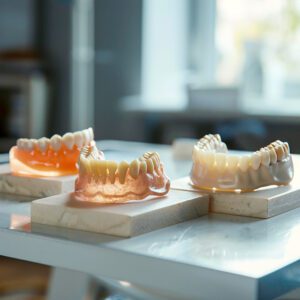
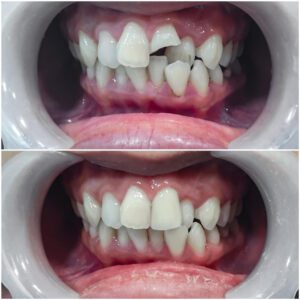

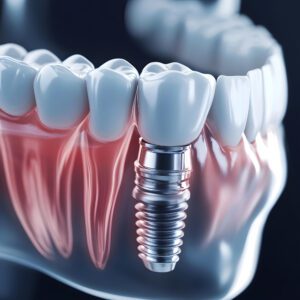


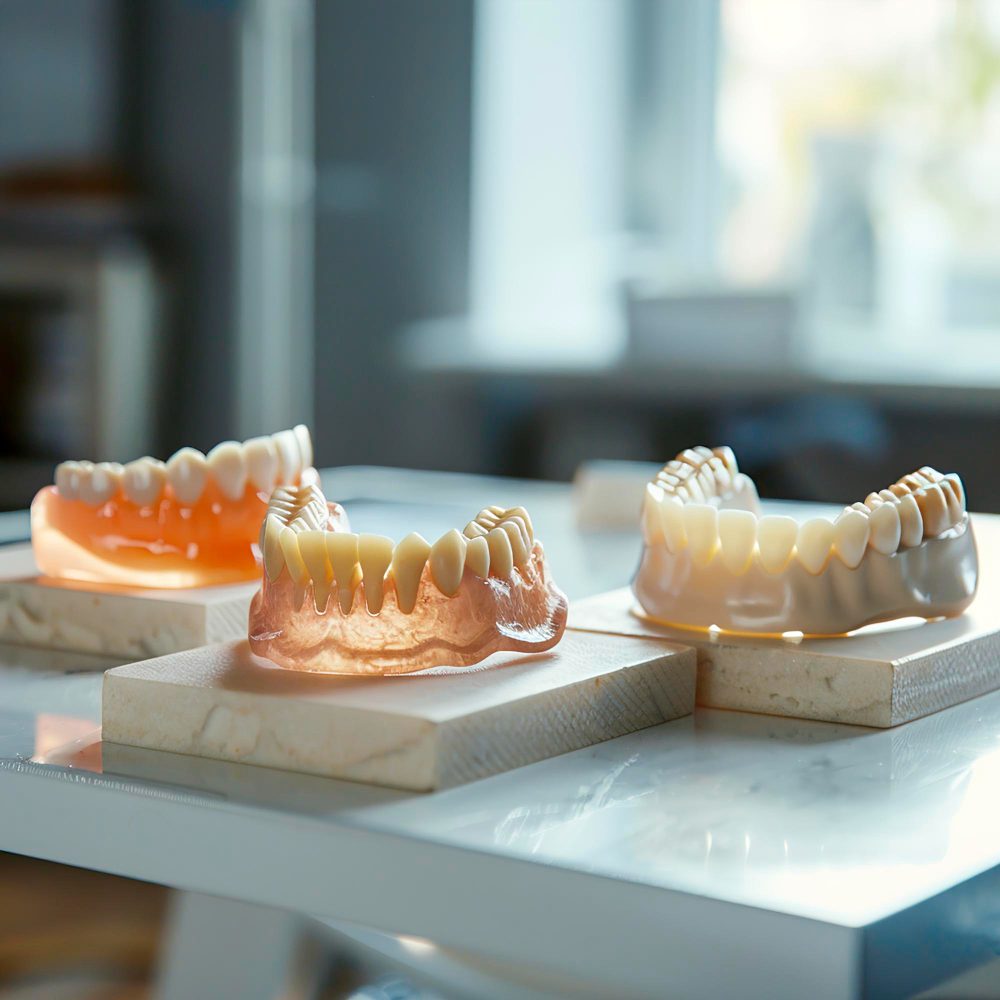


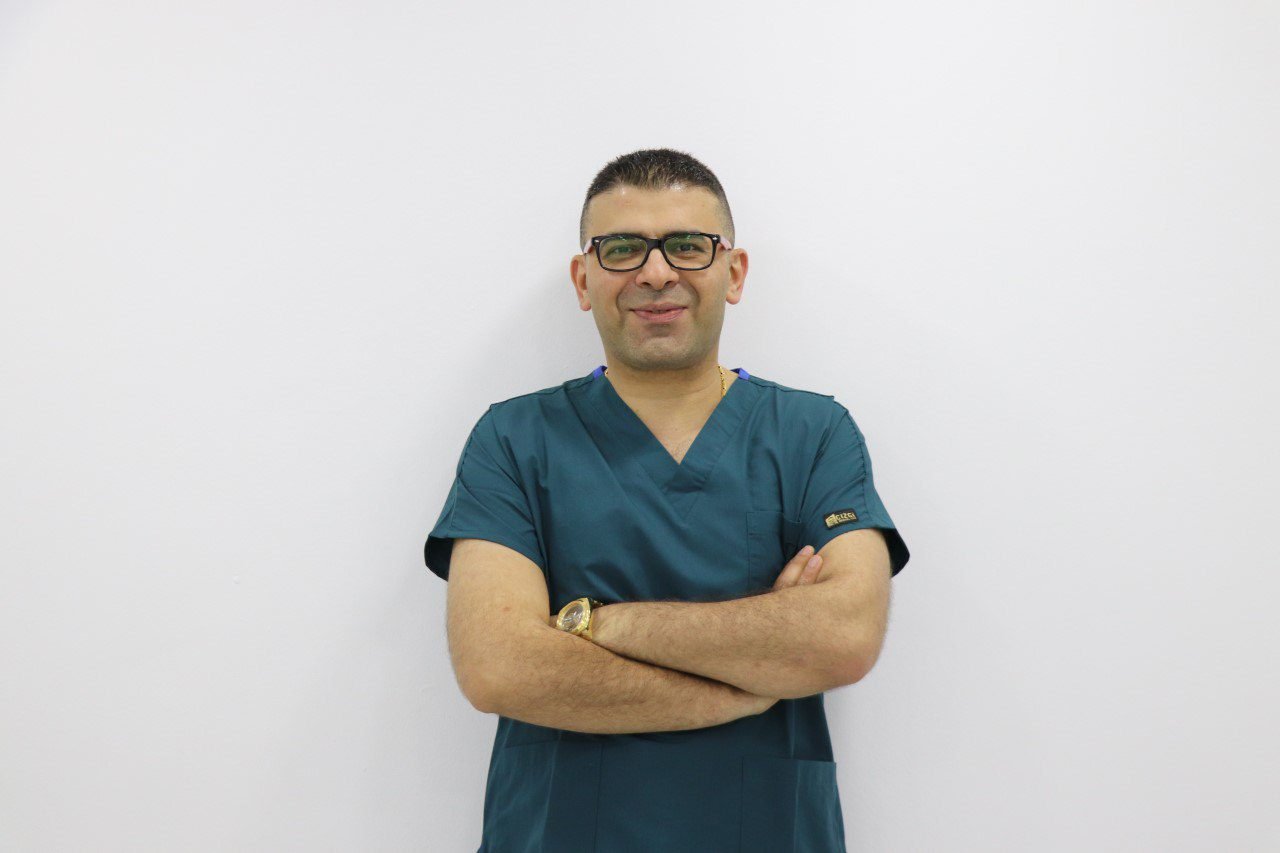
One Response